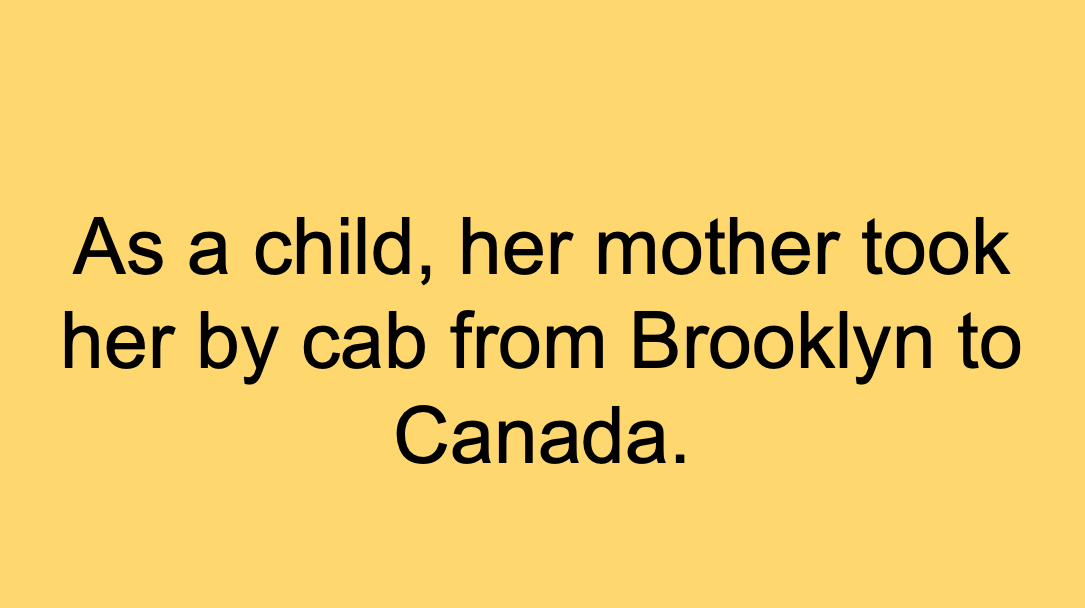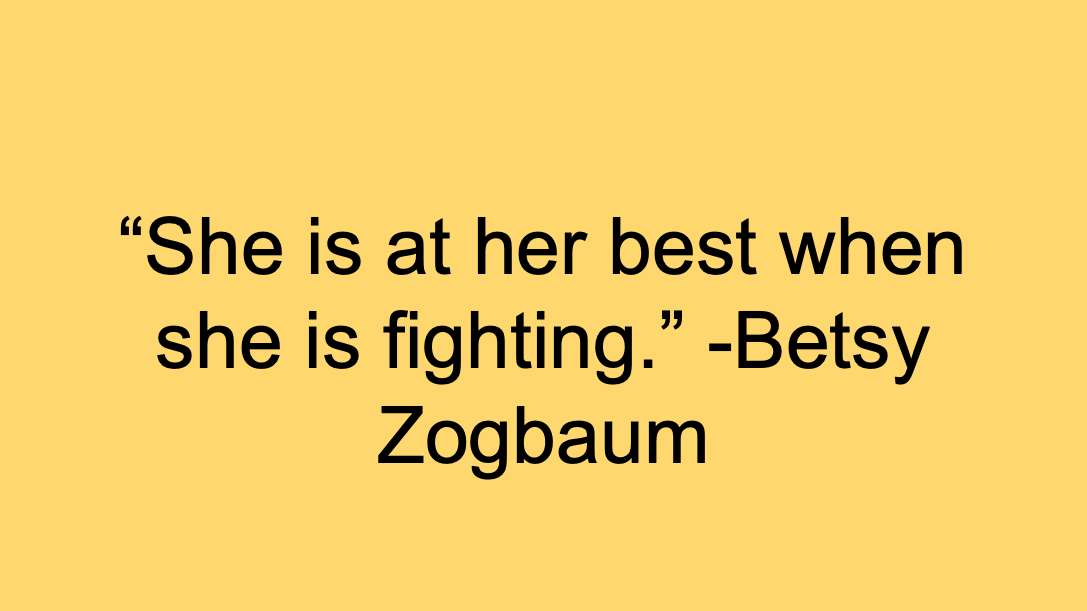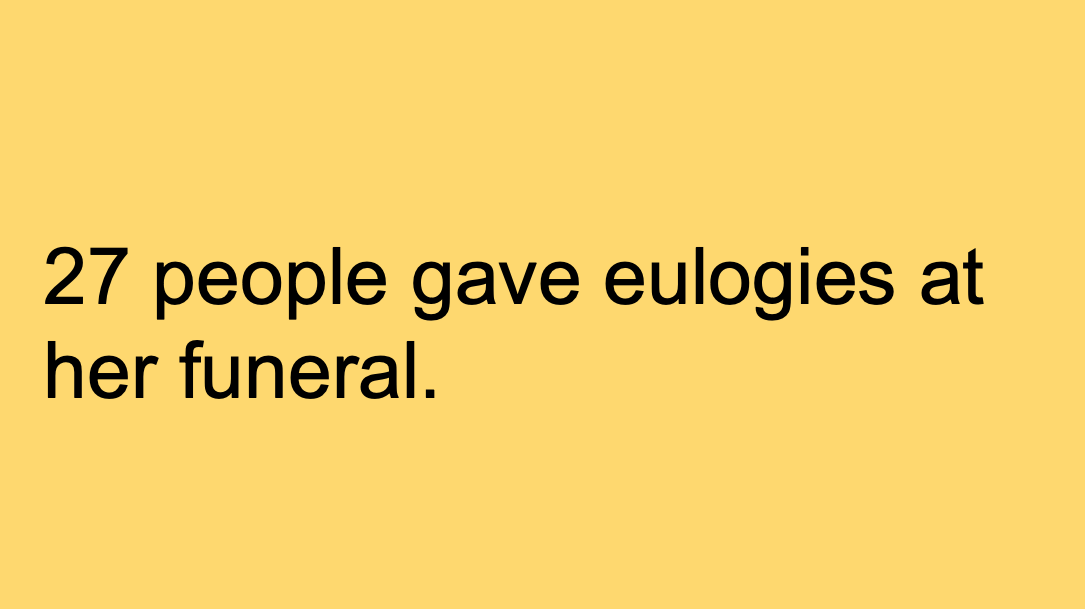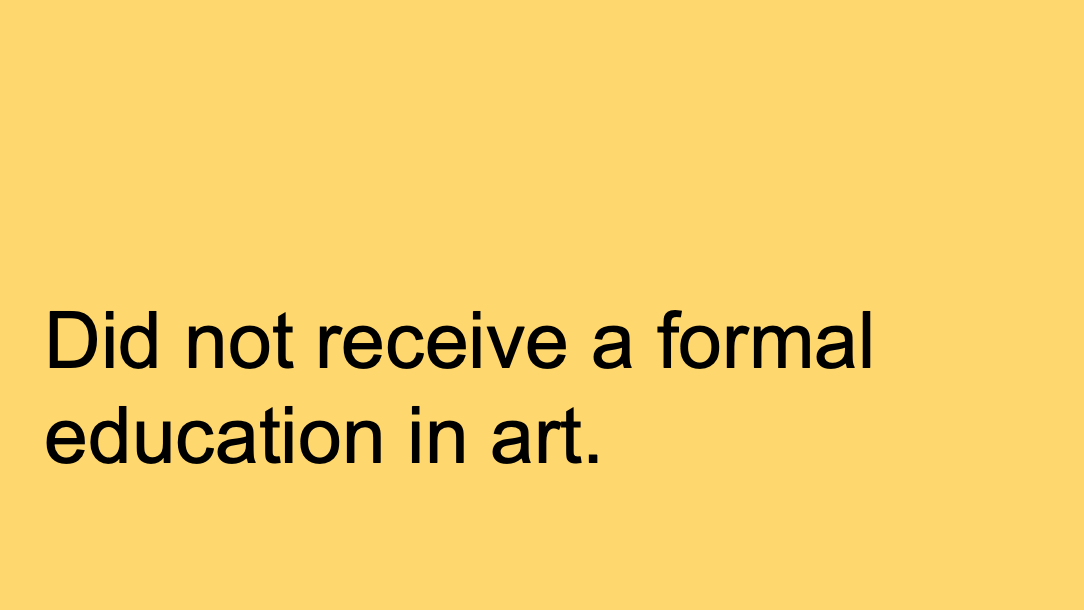Ninth Street Women: Lee Krasner, Elaine de Kooning, Grace Hartigan, Joan Mitchell, and Helen Frankenthaler: Five Painters and the Movement That Changed Modern Art
Ninth Street Women: Lee Krasner, Elaine de Kooning, Grace Hartigan, Joan Mitchell, and Helen Frankenthaler: Five Painters and the Movement That Changed Modern Art
by Mary Gabriel
Discussion Questions: Introduction - The End of the Beginning (p. 52)
1. In the introduction, Gabriel discusses some of the reasons why women have largely been overlooked in the history of art. What are some of the reasons she provides? What would you add? (xiii)
2. What was the role of art in postwar NYC? How was it different from the role of art in other times? How is it different from the role that art plays in society now? (p. 8)
3. What were some of the benefits & outcomes of the Federal Art Project? (p. 31)
4. How did the Depression spark a "cultural flowering" in America? (p. 36-37)
5. How did Hans Hofmann impact his students? What impact did he have on Lee Krasner, specifically? (p. 37-39)
6. What are some of the parallels you noticed between 1930s NYC & the present day? (p. 47-48)
Discussion Questions: Elaine (p.55) - A Light That Blinds, II (p. 161)
1. What were some of the main differences between Elaine de Kooning & Lee Krasner, as delineated in the book? How were they similar?
2. How was Elaine's world view impacted by her mother?
3. What was John Graham's impact on the New York school? (p. 68-69)
4. How did Jazz galvanize the artists & their circle? (p. 105)
5. According to Elaine, the role of the artist was to "unleash a state of mind." What did she mean by this? (p. 109)
6. How was Krasner's artistic output affected by her relationship with Pollock?
7. Discuss the shifting gender roles & ensuing complications in the U.S. during the war.
Discussion Questions: It’s 1919 Over Again! (p.165) - The New Arcadia (p. 235)
1. What is existentialism? Why did the New York artists embrace it? (p. 168-169)
2. What did Clement Greenberg assert was “artistic innovation” in 1939? How did it differ from his definition of “kitsch”? (p. 174)
3. Why did many of his artistic contemporaries believe Pollock was the most important American painter, beginning in the late 1940s? (p. 205)
4. What was Elaine’s approach to criticism? (p. 211)
5. Why was the relationship between Elaine and Lee so intense? (p. 215)
6. What impact did their Black Mountain College experience have on Elaine & Bill?
7. What impact did the GI Bill have on the art world? (p. 228)
Discussion Questions: The Call of the Wild (p. 241) - Riot and Risk (p.308)
1. What were some of the things Grace Hartigan learned from Lee Krasner and Jackson Pollock early in their friendship? (p. 252-253)
2. How and why was Grace Hartigan able to access and establish herself in the New York art world so quickly, once she began pursuing painting full time? (p. 256)
3. What was the premise of Sidney Janis's 1949 exhibition "Artists: Man and Wife"? What was the intended messaging of the show? What was the outcome? (p. 273-274)
4. On page 278, Elaine de Kooning is quoted as saying, "Whenever Hollywood does a movie on artists they don't know how to deal with what drives an artist... They always think an artist works toward fame. They can't imagine the thrill of the actual work, it doesn't occur to them. That, they feel, is just on the side, and fame is the aim. Whereas it's exactly the opposite. [Work] is the aim and fame is a byproduct." What does she mean by this? Do you think this statement was true for all of the artists discussed in the book?
5. Discuss the American Painting Today show at the Metropolitan Museum of Art & its effect on the New York school. (p. 293)
6. On page 297, Gabriel describes Jackson Pollock's family's belief that "...he was and ever would be a self-centered bastard. Unfortunately, that is how an artist often looks to their family. But in many cases, it isn't a matter of being self-centered but of being in a world apart." Do you agree with this assessment as it relates to Pollock? What about to other artists we've discussed or read about?
Discussion Questions: Coming Out (p. 405) - Figures and Speech (p. 492)
1. What effect did her first visit to the Pollock residence in Springs have on Helen Frankenthaler? (p. 410)
2. Describe the trajectory of Lee Krasner's work in 1951.
3. What was Clement Greenberg's argument against women artists? (p. 419)
4. Describe the relationships and exchange between poets and the second generation of the New York school. (p. 431-433)
5. Who was Dorothy Miller and what was her role in the New York art world of the early 1950s? (p. 439-440)
6. What was the central message of Harold Rosenverg's essay "The American Action Painters"? What was the response to the article? (p. 447-449)
7. What was the importance of Helen Frankenthaler's painting "Mountains and Sea", from 1952? (p. 460)
8. What was the attitude toward financial "success" held by most of the New York School artists? (p. 484-485)
9. What was The Artists' Theatre and what was its impact? (p. 491-492)
Discussion Questions: Embarkation Point (p. 593) - Sputnik, Beatnik, and Pop (p. 660)
1. How did Mark Rothko's work and sensibility affect Elaine DeKooning? (p. 596)
2. Frank O'Hara said of Pollock, he was an "artist who was totally conscious of risk, defeat, and triumph... He lived the first, defied the second, and achieved the last." How does this quote reflect Pollock's rise to fame and ultimate demise? (p. 617)
3. Describe how Pollock's death affected the market for his work & Lee's part in this. (pp. 620-621)
4. How did Lee's work change or develop after Pollock's death? (p. 631-632)
5. How did Jasper Johns's arrival on the scene affect the Abstract Expressionists? Why did his work feel so timely in 1957? (p. 655)
6. Why was the Museum of Modern Art exhibition New American Painting so important? (p. 657-658)
Discussion Questions: Bridal Lace and Widow’s Needs (p. 661) - Epilogue (p. 716)
1. According to Bob Friedman, what were the "3 mistakes" made by Lee Krasner? (p. 672)
2. How did the art market change at the end of the 1950s? (p. 677)
3. What was Elaine's style of teaching & who inspired it? (p. 681)
4. What other medium did Helen Frankenthaler experiment with and have a breakthrough in later in life? (p. 714)
5. What factors contributed to the Abstract Expressionist movement's demise after 1950?
Ninth Street Women Trivia
38 question trivia game






